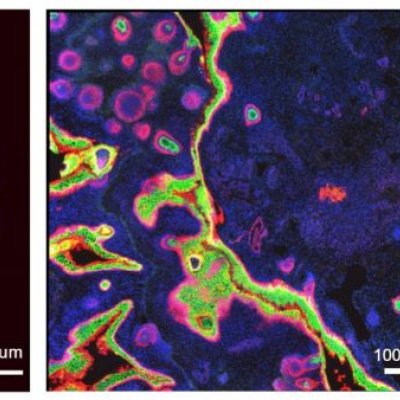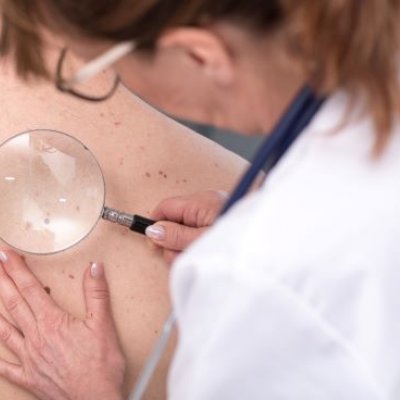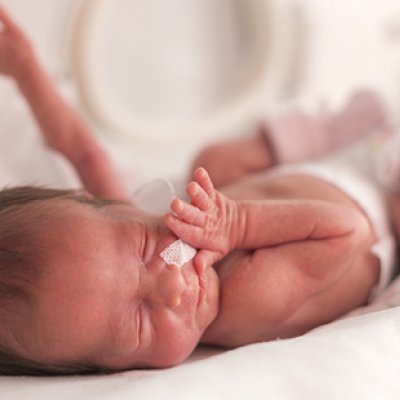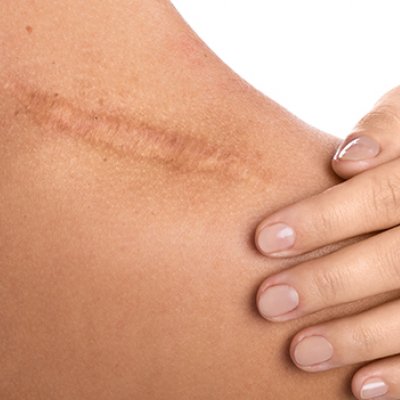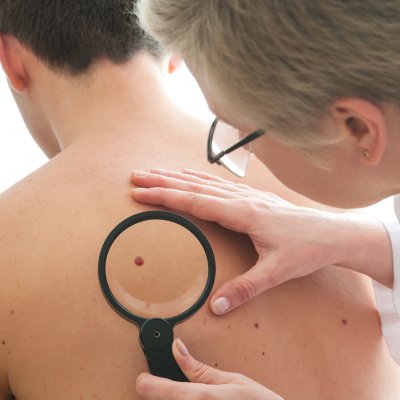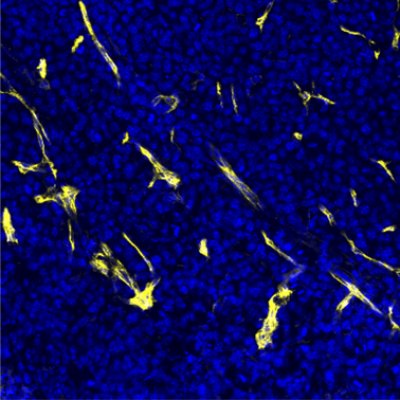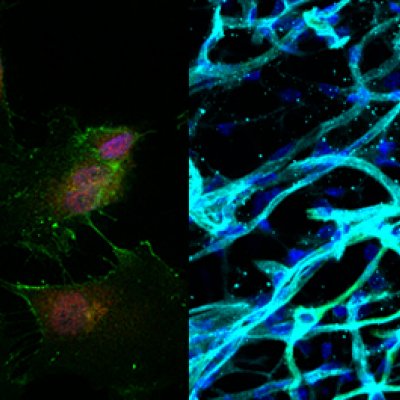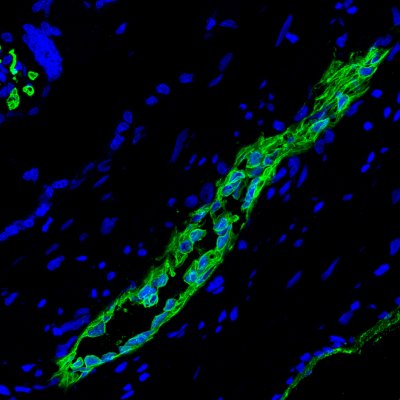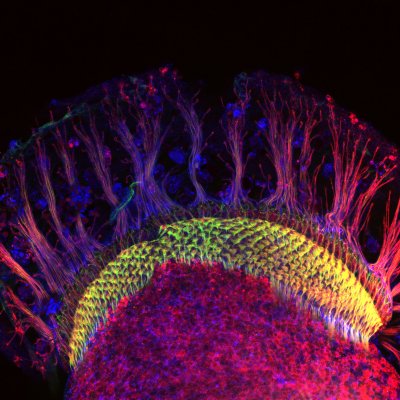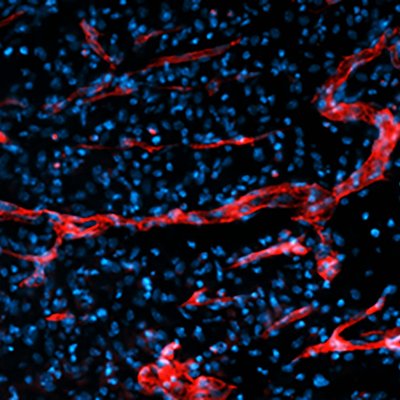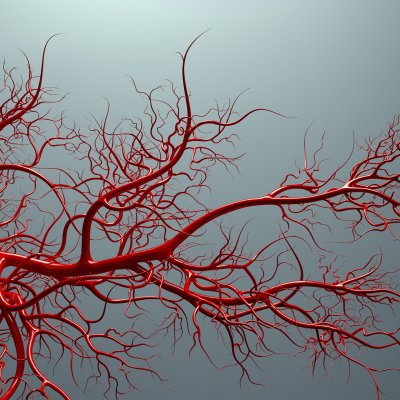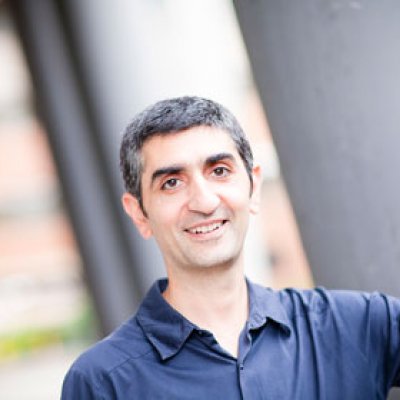Queensland researchers have become the first in Australia to use human stem cells to generate fully functioning skin tissue in a laboratory, a significant step towards better treatments for severe burns and wounds.
7 March 2024A UQ study has found skin with few visible freckles or blemishes may still carry sun-damaged DNA mutations that can trigger cancer.
11 May 2023The placenta from mothers of healthy newborns could one day be used to reduce brain injury in growth-restricted babies, according to University of Queensland research.
19 November 2021Researchers have been able to reduce scarring by blocking part of the healing process in research that could make a significant difference for burns and other trauma patients.
7 May 2021Targeting large clones of skin cells caused by ultraviolet irradiation (UV) may help reduce skin cancers, according to University of Queensland research.
3 June 2020Stopping melanoma from spreading to other parts of the body might be as simple as cutting off the blood supply to the cancer, according to researchers.
4 January 2019A new treatment strategy could increase the success rate of stem cell transplants, according to University of Queensland researchers.
16 October 2018Scientists have discovered a new type of stem cell which has the potential to perform two functions at the same time, meaning better treatment or even cures for many diseases.
23 February 2018University of Queensland research projects on inflammatory arthritis, infectious diseases and tissue regeneration have won prestigious national awards.
13 July 2017The discovery of a regenerative stem cell active in human blood vessels could help patients with diabetes and cardiovascular disease.
20 December 2016Patients with heart failure, peripheral artery disease or stroke could benefit from a new stem-cell based treatment, following an agreement between The University of Queensland and US-based start-up company AngioStem Inc.
16 March 2016Stem cells from placenta usually discarded after childbirth can now be used to develop treatments for conditions such as diabetes, with each placenta containing enough stem cells to potentially treat 100 patients.
27 August 2014The University of Queensland researchers have successfully restored wound healing in a model of diabetes paving the way for new treatments for chronic wounds.
13 December 2012Breakthrough research on regenerating skin-wounds has won Associate Professor Kiarash Khosrotehrani, from The University of Queensland (UQ) Centre for Clinical Research, national recognition at the National Health and Medical Research Council’s (...
17 January 2012